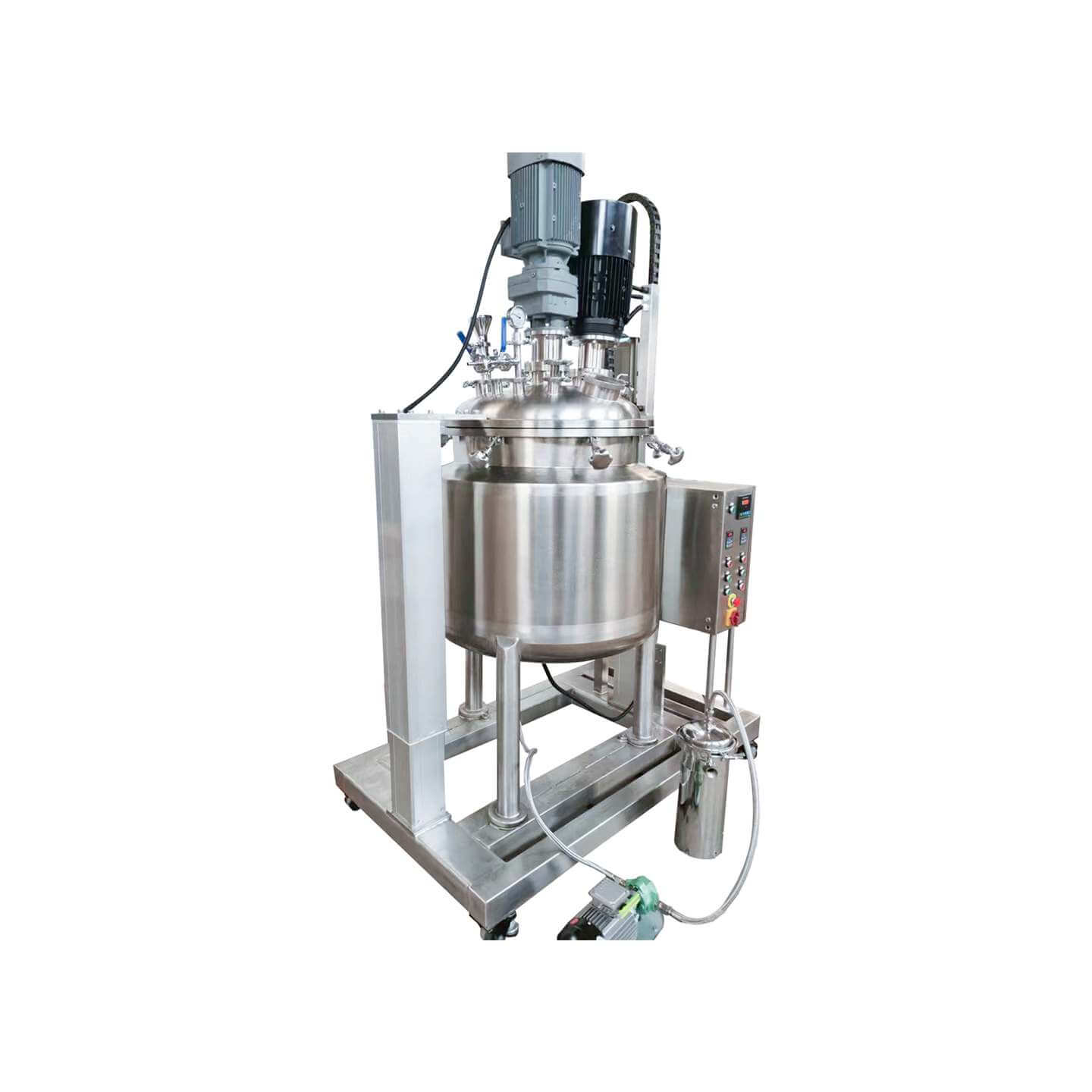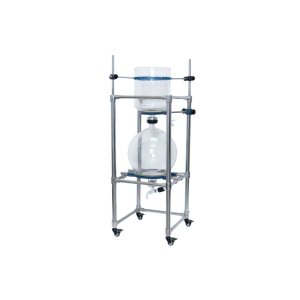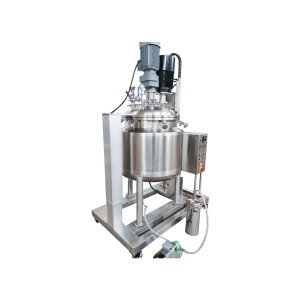High-pressure laboratory reactors are widely used in various catalytic reactions, high-temperature and high-pressure synthesis, hydrogenation reactions, gas-liquid two-phase, liquid-liquid two-phase, exothermic reactions, composition testing, stability, corrosion testing, fine processing, supercritical reactions, Catalyst evaluation and development, and other applications are mainly distributed in petrochemical, chemical, pharmaceutical, polymer synthesis, metallurgy, and other fields.
High-pressure laboratory reactor paddle stirring structure
According to the blade stirring structure, the high-pressure laboratory reactor can be divided into flat blade, oblique (folded) blade, curved blade, and spiral blade agitator. Paddle-type and turbine-type agitators have flat-blade and inclined-blade structures; propeller-type, screw-type, and helical-type agitators are all helical-blade structures. According to the installation requirements, the high-pressure laboratory reactor can be divided into integral type and split type, which is convenient for directly fixing the agitator on the agitating shaft without removing other components such as couplings.
The agitator of the high-pressure laboratory reactor can be divided into an axial flow agitator and a radial flow agitator according to the fluid flow form. When some agitators are running, the fluid produces both axial flow and radial flow, which are called mixed flow agitators. The propeller agitator is representative of the axial flow type, the flat-blade disc turbine agitator is representative of the radial flow type, and the inclined-blade turbine agitator is representative of the mixed flow type.
Precautions for use of high-pressure laboratory reactor
1. Sealing performance
High-pressure laboratory reactors are precision equipment. The sealing ring adopts the form of conical surface contact sealing, and the purpose of sealing is achieved by tightening the main bolts so that they are pressed against each other. Therefore, special care must be taken with the sealing cone to avoid damage caused by various collisions. When installing the pot cover, first place the high-pressure laboratory reactor body, then put the pot cover in a fixed position, and carefully install it on the kettle body. When tightening the main bolts, it must be tightened diagonally and symmetrically several times. Evenly, do not let the kettle cover tilt to one side to achieve a good sealing effect, and do not exceed the specified tightening torque to prevent the sealing surface from being squeezed or accelerated wear. All threaded connections shall be oiled or oil-mixed with graphite during assembly. If the sealing surface is damaged, it needs to be reprocessed and repaired to restore good sealing performance.
2. Sealing operation
The inlet and outlet valves of the high-pressure laboratory reactor are sealed with needle valves. When closing, just turn the valve needle slightly and press the cover tightly to achieve a good seal. Do not use excessive force to avoid damage to the sealing surface.
3. Temperature rise and withstand voltage test
High-pressure laboratory reactors should be heated, pressurized, and sealed before use. The test medium can be air or nitrogen, but inert gases are preferred. Do not use oxygen or other flammable and explosive gases. Warming and boosting must be done slowly. The heating rate should not exceed 80 degrees per hour. During the pressure test, connect the inlet valve of the high-pressure laboratory reactor with the compressor (or high-pressure pump) with a connecting pipe. The boost must be carried out in stages, the interval is 20% of the working pressure, each stage stays for 5 minutes, and the boost test pressure stays for 30 minutes, and the sealing condition. The test pressure is 100-105% of the working pressure. If leaks are found, relieve pressure first, then tighten nuts and fittings properly. It is strictly forbidden to tighten nuts and joints under high pressure.
4. Cooling process
Rapid cooling and rapid heating are prohibited during the reaction process to prevent cracks in the kettle body caused by excessive temperature stress. After the reaction is over, first cool it down, which can be water cooling (exothermic reaction) or air cooling, then release the high-pressure gas in the kettle to reduce the pressure to normal pressure, and then unscrew the bolts symmetrically and evenly. In the process of opening the lid, special attention should be paid to protecting the sealing surface, and the kettle lid should be lifted evenly to avoid damage to the sealing ring of the kettle lid and the kettle body due to collision.
5. Follow up
After each operation, the residue on the kettle body and lid should be removed. All sealing surfaces of high-pressure laboratory reactors should be cleaned frequently and kept dry. It is not allowed to clean hard objects or soft objects with rough surfaces.
-14.jpg)


-26-300x300.jpg)


